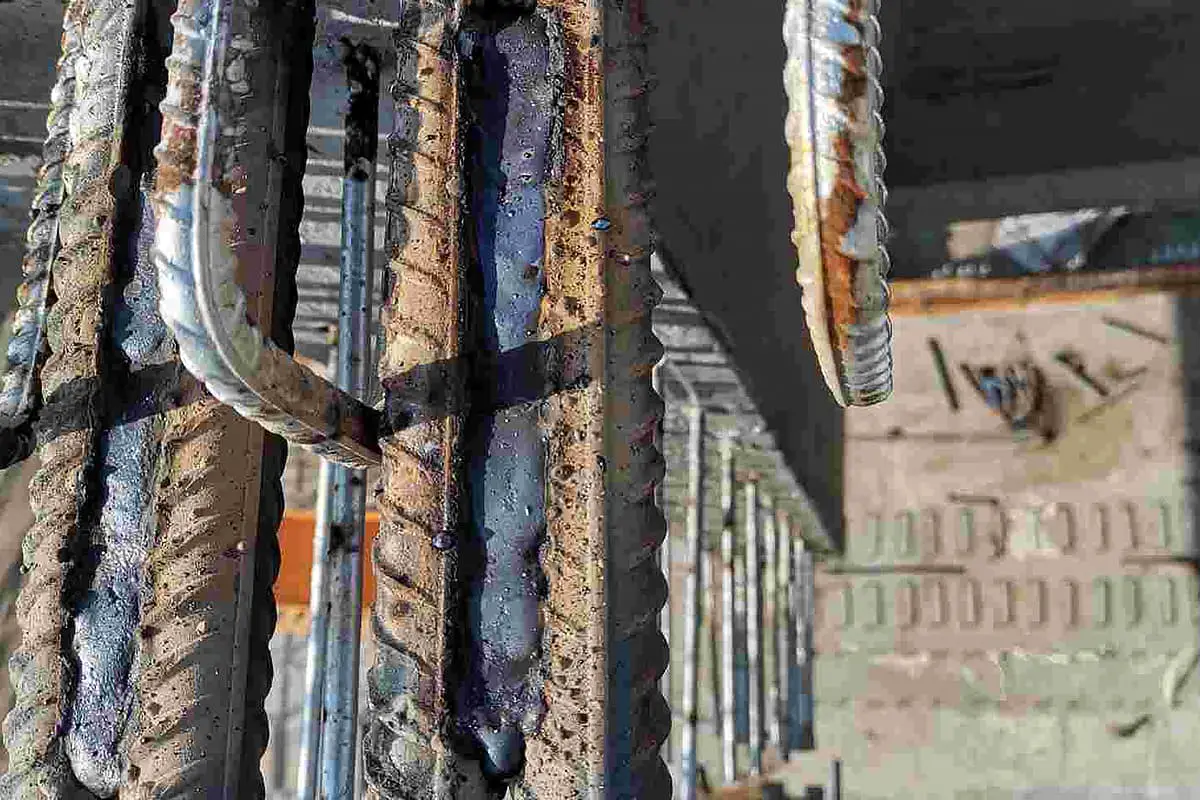Preventing Weld Undercut: Proven Techniques Every Welder Ought To Know
Preventing Weld Undercut: Proven Techniques Every Welder Ought To Know
Blog Article
Grasping the Art of Welding: Just How to Stay Clear Of Undercut Welding Issues for Flawless Fabrication Results
Efficiency and accuracy are extremely important in the world of welding, where even the smallest imperfection can jeopardize the architectural stability of a produced piece. One usual difficulty that welders face is damaging, a flaw that can lead and deteriorate a weld joint to expensive rework. By recognizing the origin of undercut welding and applying reliable strategies to stop it, welders can boost their craft to new levels of excellence (Preventing weld undercut). In the search of remarkable construction outcomes, understanding the art of welding to prevent undercut problems is not just an ability however a requirement for those aiming for perfection in their job.
Comprehending Undercut Welding

To stop undercut welding, welders should ensure proper welding criteria, such as changing the current, voltage, traveling rate, and keeping the correct electrode angle. Furthermore, utilizing the appropriate welding strategy for the specific joint setup is important. Utilizing weaving motions or backstepping methods can aid guarantee correct weld steel deposition and reduce the probability of undercut formation. Regular examination of welds during and after the welding procedure is additionally essential to capture any undercut very early and make necessary adjustments to avoid additional problems. Preventing weld undercut. By recognizing the reasons of undercut welding and executing preventative steps, welders can accomplish high-quality, structurally sound welds.
Reasons of Undercut in Welding
Understanding the factors that contribute to undercut in welding is essential for welders to produce top notch, structurally audio welds. When the weld steel does not effectively fill up the groove formed in between the base steel and the formerly deposited weld steel, damaging takes place. Numerous aspects can cause undercut in welding. One typical cause is excessive warmth input. Welding at high temperature levels for prolonged durations can lead to the base metal thawing even more than desired, resulting in damage. Inadequate welding existing or inaccurate welding speed can likewise add to damage. Insufficient current may not provide adequate warm to thaw the base and filler metals adequately, while too much speed can prevent appropriate fusion, causing undercut. In addition, incorrect electrode angles or incorrect torch adjustment strategies can produce locations of low weld steel deposition, promoting undercut. Understanding these reasons and executing correct welding techniques can assist avoid undercutting problems, ensuring long lasting and strong welds.
Methods to Stop Undercutting

To mitigate the threat of damaging in welding, welders can use strategic welding techniques intended at improving the high quality and stability of the redirected here weld joints. Additionally, making use of the right welding method for the specific joint index configuration, such as weave or stringer grains, can contribute to reducing damaging.
Utilizing back-step welding techniques and controlling the weld bead account can additionally aid distribute warm uniformly and decrease the threat of undercut. Regular examination of the weld joint during and after welding, as well as executing high quality guarantee actions, can aid in finding and resolving undercutting issues quickly.
Value of Appropriate Welding Specifications
Choosing and preserving ideal welding criteria is important for attaining effective welds with marginal problems. Welding criteria describe variables such as voltage, existing, take a trip rate, electrode angle, and protecting gas flow rate that straight impact the welding procedure. These criteria have to be meticulously readjusted based on the type of product being bonded, its thickness, and the welding technique used.
Correct welding specifications make sure the correct amount of warmth is applied to melt the base steels and filler material uniformly. If the criteria are set too expensive, it can lead to too much warm input, causing distortion, burn-through, or spatter. On the various other hand, if the specifications are too reduced, incomplete combination, lack of penetration, or damaging may take place.
Top Quality Assurance in Welding Workflow

Verdict
To conclude, understanding the art of welding calls for a detailed understanding of undercut welding, its reasons, and methods to avoid it. By guaranteeing proper welding parameters and implementing quality control techniques, remarkable fabrication outcomes can be accomplished. It is crucial for welders to constantly make every effort for quality in their welding procedures to prevent undercut issues and generate top notch welds.
Undercut welding, an usual issue Preventing weld undercut in welding procedures, occurs when the weld steel doesn't properly fill the groove and leaves a groove or depression along the bonded joint.To avoid undercut welding, welders should make certain appropriate welding parameters, such as readjusting the present, voltage, travel rate, and maintaining the right electrode angle. Insufficient welding incorrect or existing welding speed can likewise contribute to damage.To reduce the threat of undercutting in welding, welders can use tactical welding techniques intended at boosting the quality and stability of the weld joints.In verdict, understanding the art of welding requires a detailed understanding of undercut welding, its causes, and strategies to prevent it.
Report this page